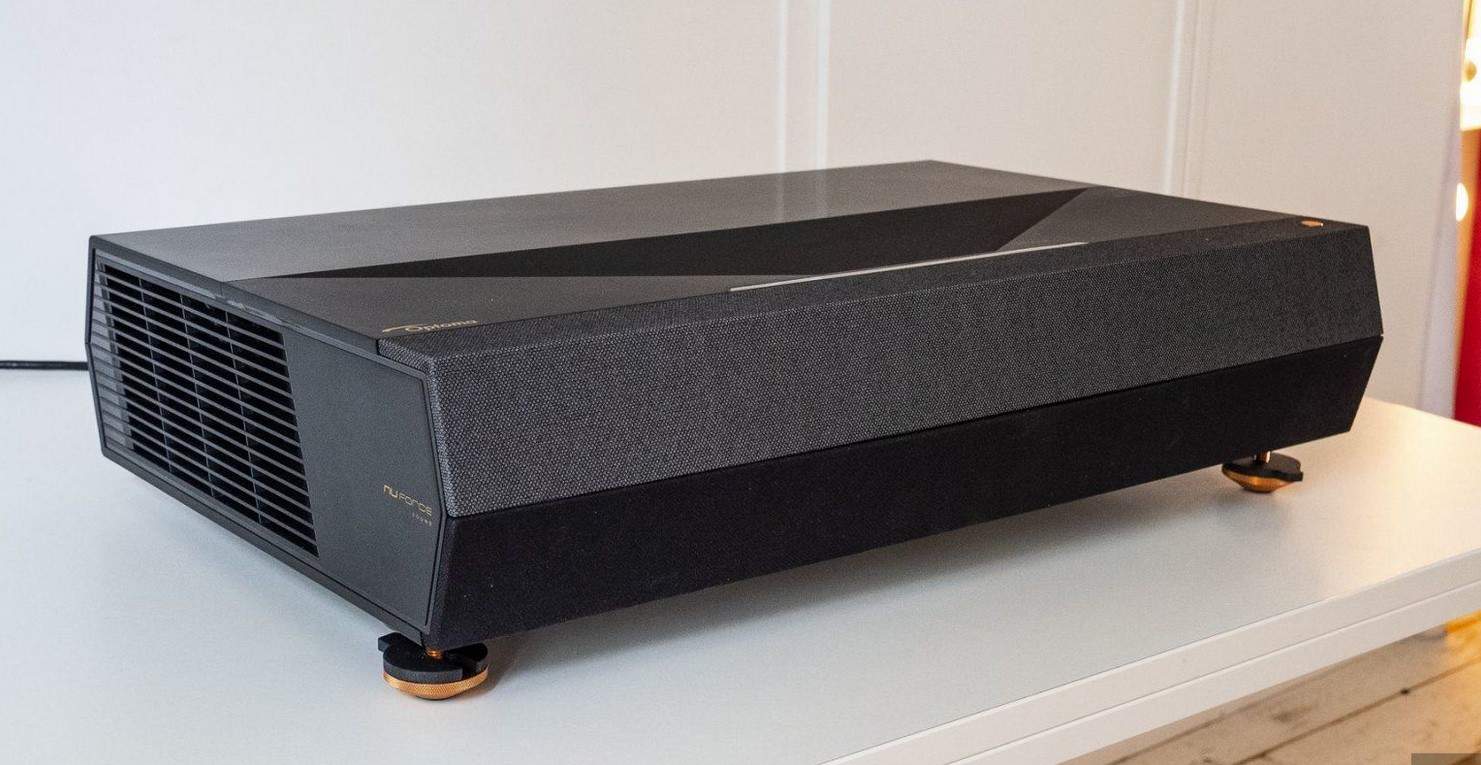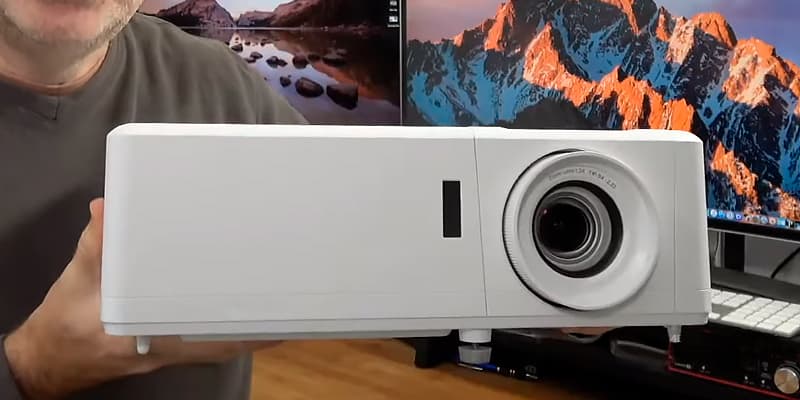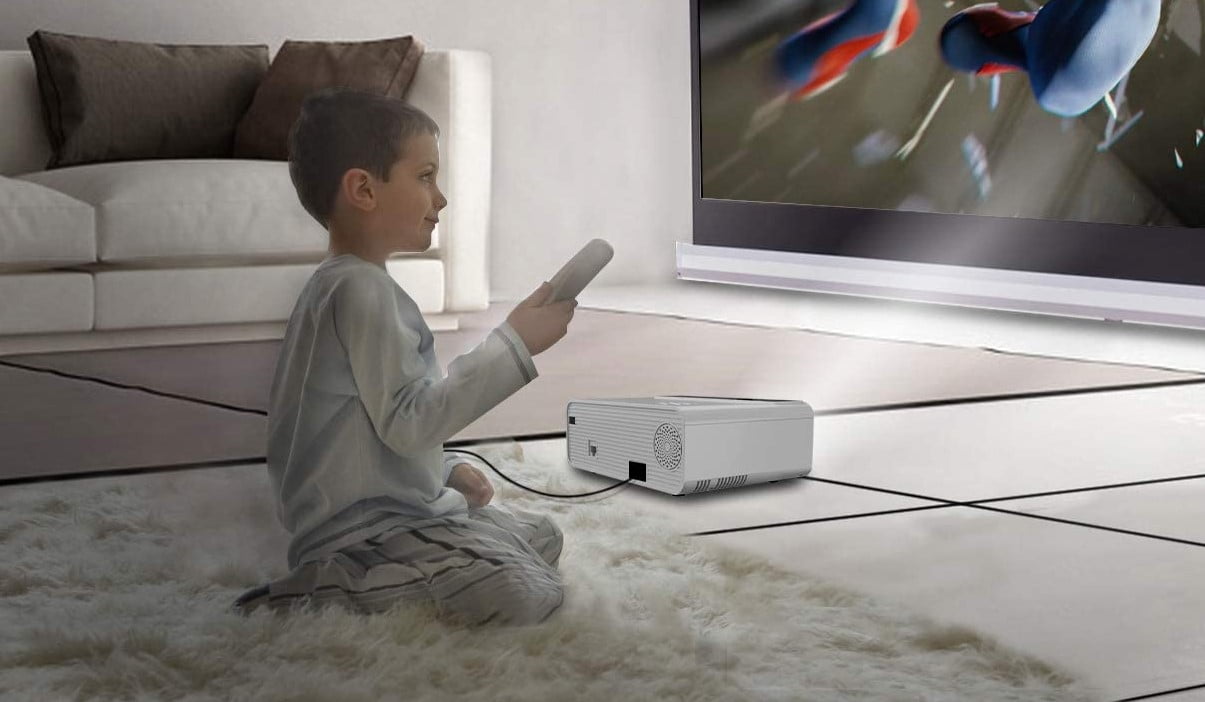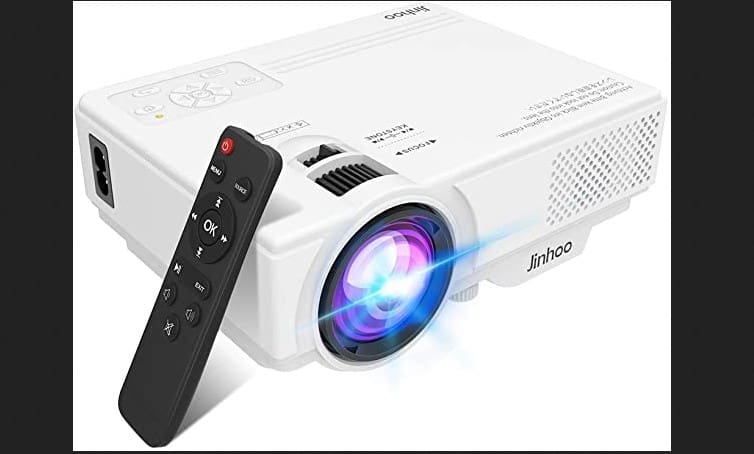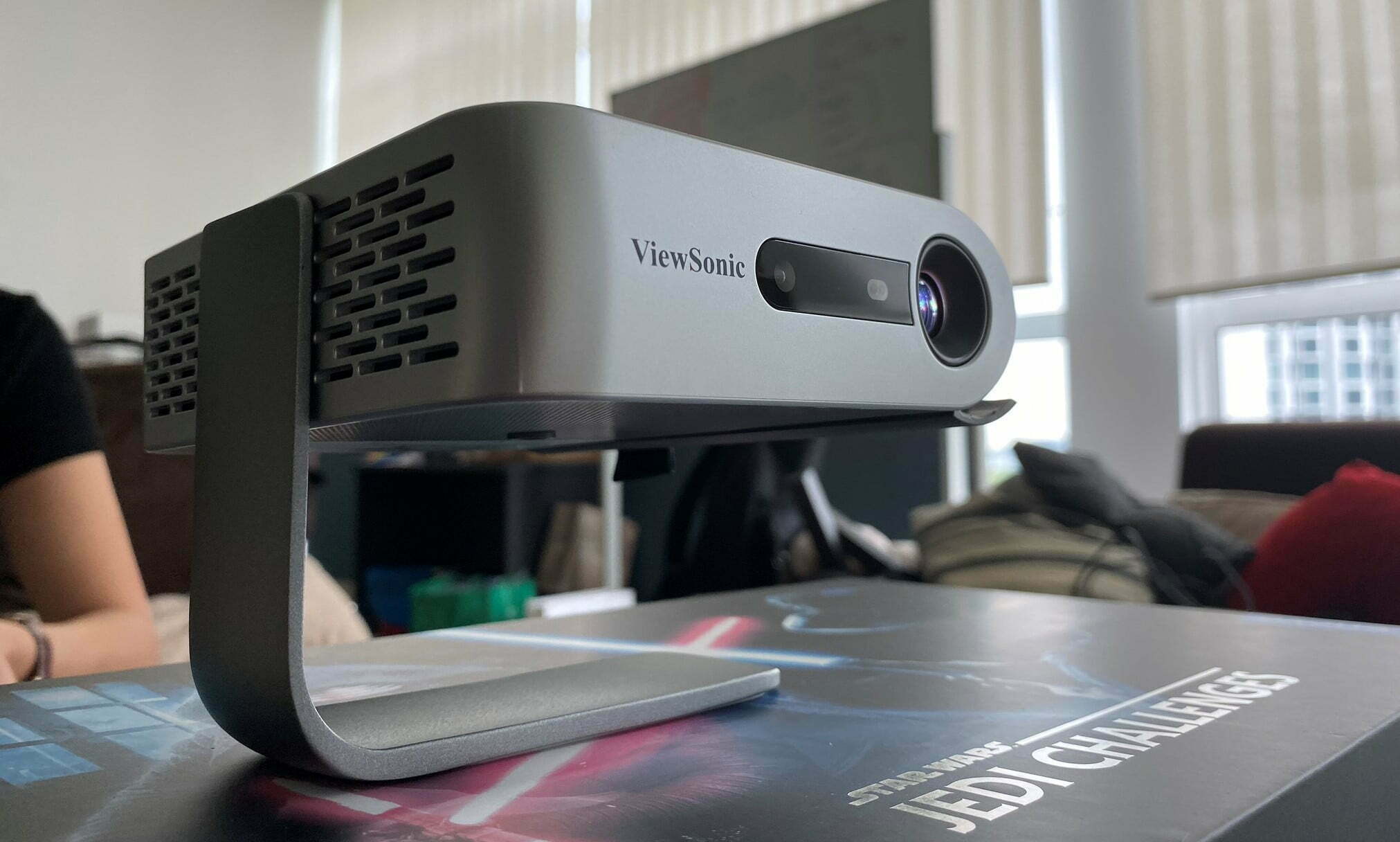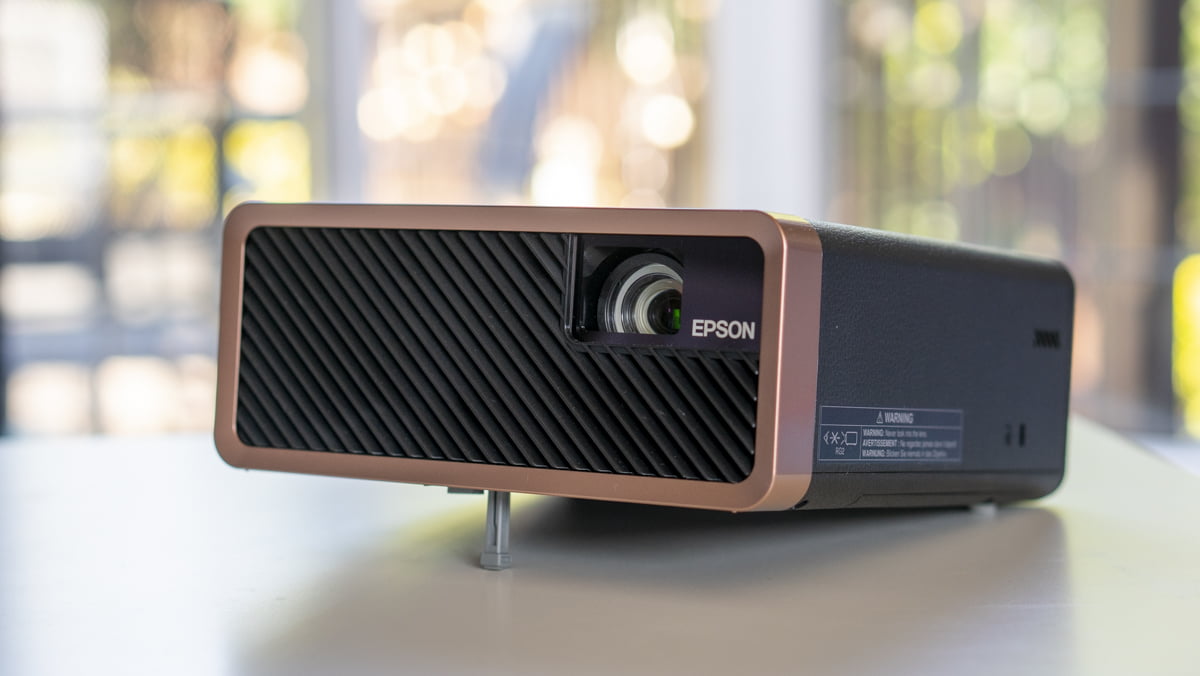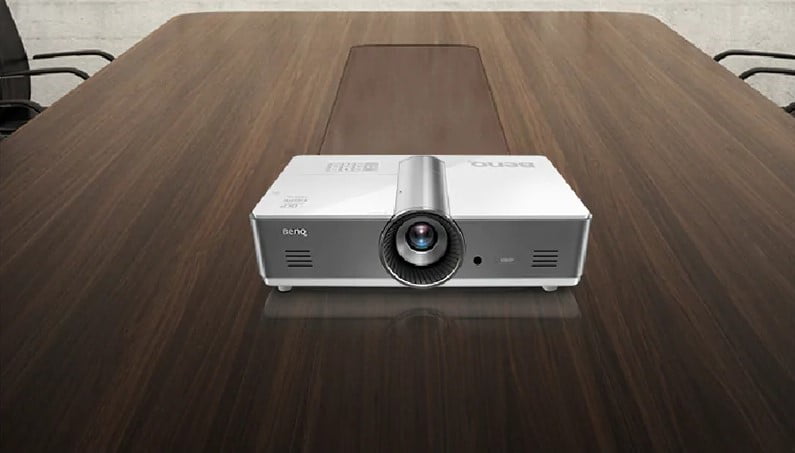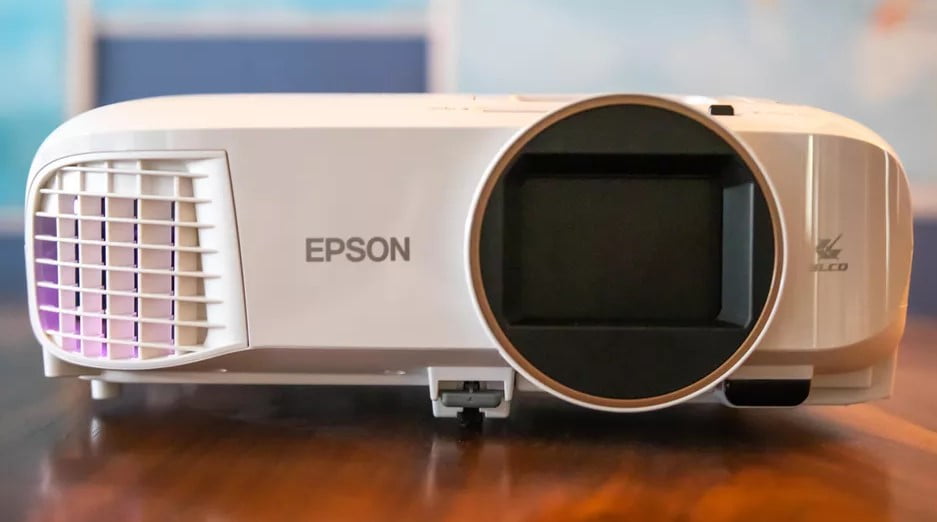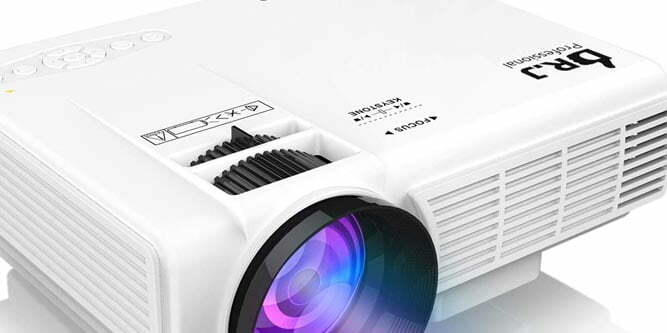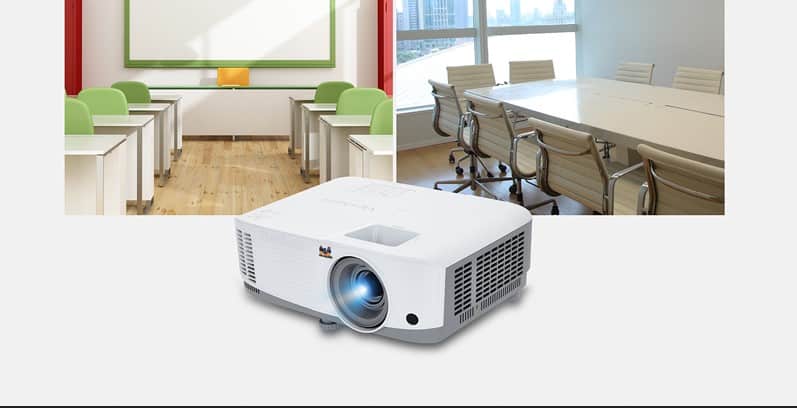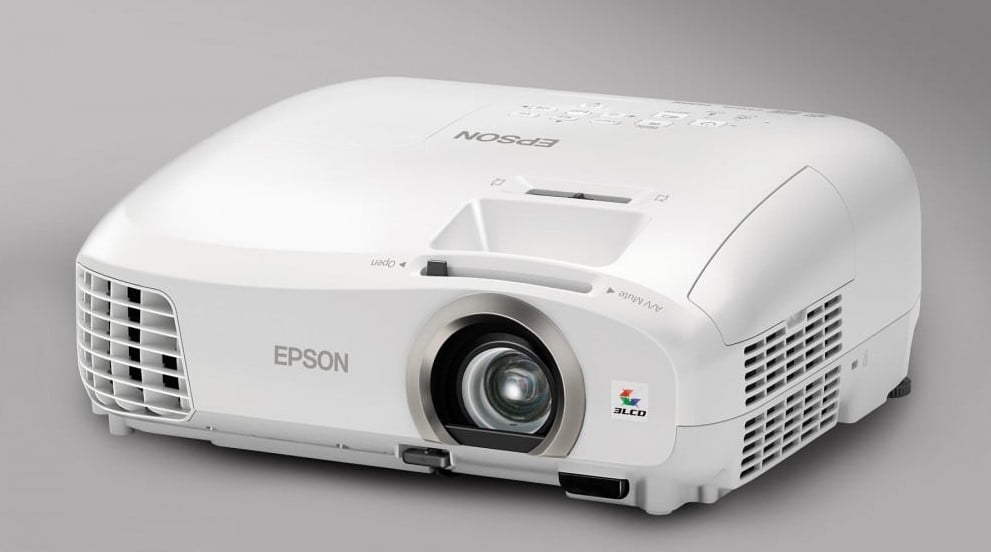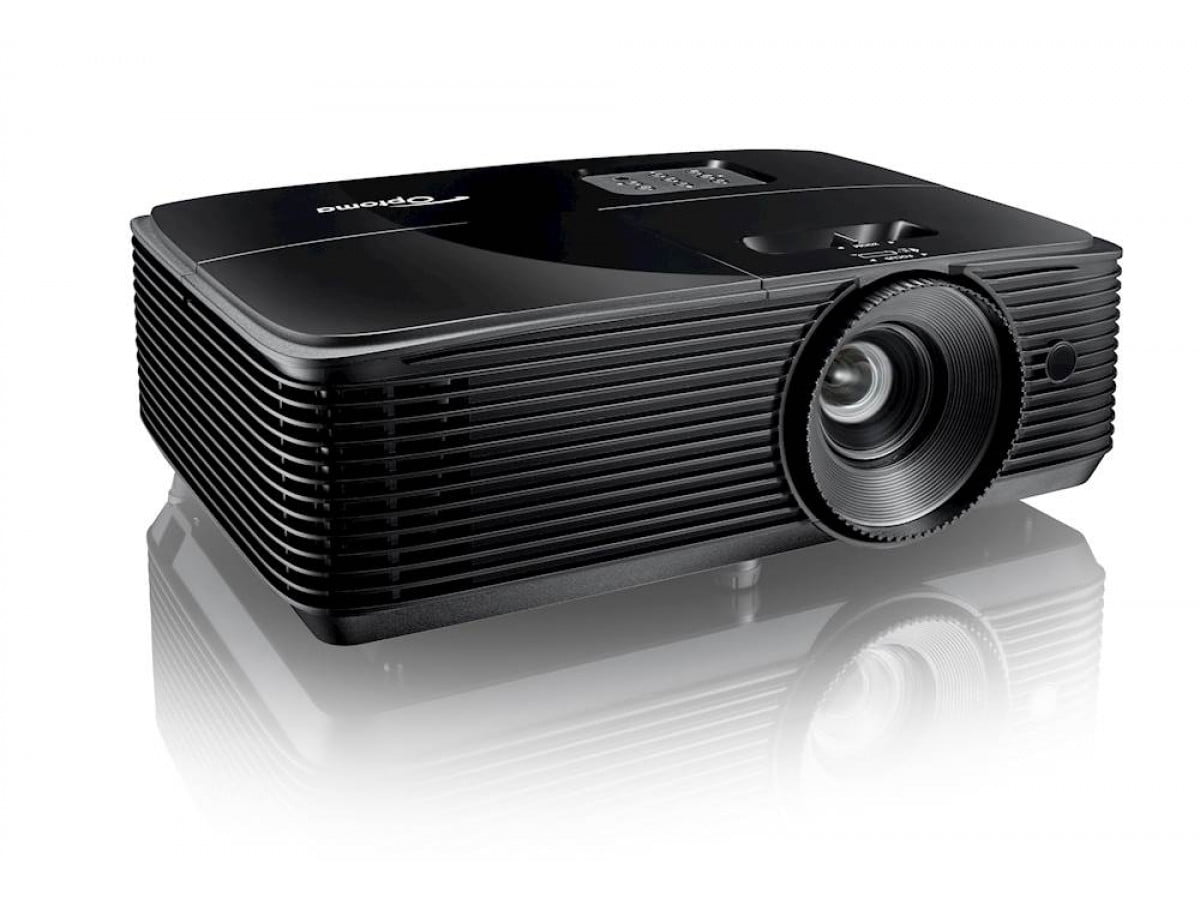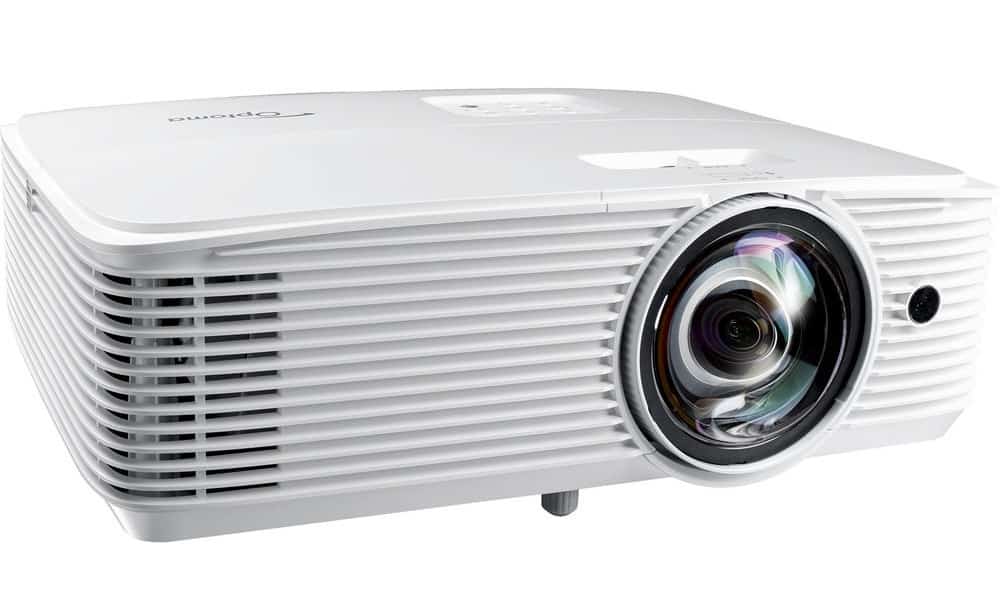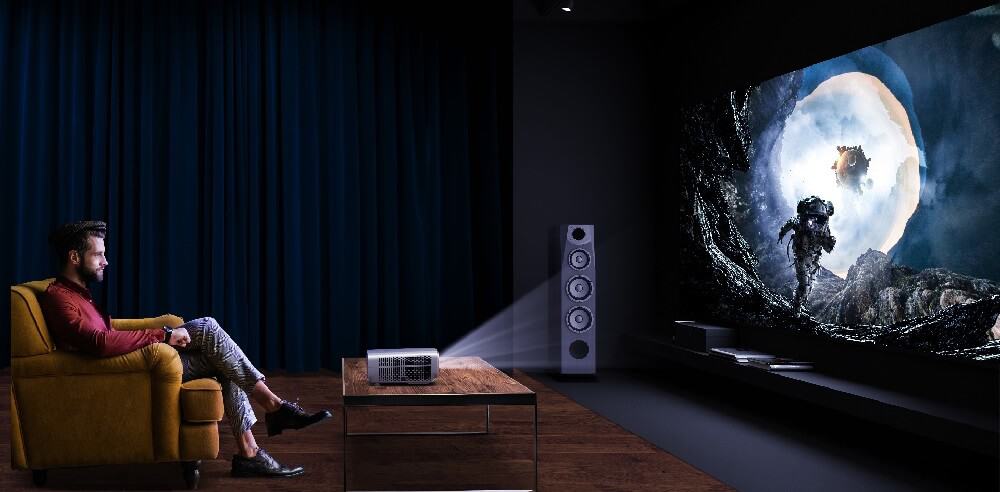Learning how to hang a projector screen only takes a few simple steps. Always follow the step-by-step guide provided by the manufacturer, and take care to avoid damage to your home. While this can be easy, it is also easy to make mistakes.
You’ll also want to follow the instructions on your projection device to mount the projector correctly. If you don’t, it won’t look right no matter where you place your screen. Alternatively, if you’ll be moving your screen around, you’ll want to choose a portable projector instead.
KEY TAKEAWAYS:
- Wall installation is popular, but your ability to use this method depends on the screen size since a heavy screen isn’t safe to hang.
- You can also choose ceiling mounts, which require a little more planning and a variety of measurements done correctly.
- Follow all safety precautions carefully, ensuring that you know the exact location of the wall or ceiling stud.
The best projectors are capable of producing fantastic picture quality. That means nothing without correctly installing the actual screen.
Hanging Your Projector Screen
There are a couple of different methods you can use to hang a projector screen. With a few materials, you’ll be able to get your projections within “center of screen” territory in no time. If you have a projector screen frame, make sure that it’s installed correctly first.
Insider Tip
The screen size you choose matters if you plan on having a big movie night or similar parties.
You can build a wooden frame, as well. You just have to learn how to build a projector screen frame at home.
Hanging Screens with Wall Mounts
The first method to learn uses a ceiling plate to keep your projector screen safely hoisted. Most projector screens can use most ceiling plate installation systems. Make sure that yours fits the requirements, however.
A ceiling plate keeps your screen primarily out of sight and out of the way. You can carry this minimalism through different methods. Learning how to hide a projector screen is the key.
STEP 1
First, find a location that can fit your entire screen. Prioritize having proper height and width for better image quality.
STEP 2
Next, it’s time to make the installation of your manual screen a little easier. Create a template for your predrill holes using the cardboard. The goal is to have evenly spaced screw holes.+
STEP 3
You’ll now use your stud sensor to make sure you find a wall stud. This is crucial because the drywall cannot handle a heavy load.
STEP 4
If you can’t find an actual stud, you can create cross-braces by putting a 4×4 piece of wood in the wall where you’ll be fastening the projector. This will reinforce that section.
STEP 5
From here, follow the instructions provided by your manufacturer. They should have every tool included and required clearly labeled in their step-by-step guide.
Ceiling Installation for Projector Screens
Difficulty: Moderate
Tools Needed: Ceiling plate, ceiling hooks, hook screws, L-shaped mount, toggle bolt, ladder, ceiling bolts
Time Required: 15 minutes
Steps: 3
Using a ceiling plate to install your projector requires more effort. You should always have a second person helping you in case of accidents, especially since you’ll be using a ladder.
STEP 1
First, figure out where you’ll be putting your screen. Always opt for a place where a projector won’t have a hard time correcting positive offset or negative offset.
STEP 2
Once you’ve located your ideal screen placement, get the ceiling ready for installation. You’ll drill as directed by the manufacturer’s instructions and carefully cut corresponding sections.
STEP 3
After the installation process, make sure that everything is safely in place. You’ll also want to double-check any electrical work you’ve done and make sure all charges are grounded.
F.A.Q.S
Where should I hang my screen?
You should pick a dark environment that doesn’t receive direct light. Some ambient light is permissible but always aim for as little light as possible.
What is a horizontal lens shift?
Horizontal lens shift is a crucial feature for modern projectors. The horizontal lens shift allows you to move your projected image without moving the projector body. You can control horizontal lens shift with built-in controls.
What is vertical offset?
Vertical offset refers to how “off” your image is from your ideal screen placement. As the name suggests, vertical offset refers to “up and down” movement. There are several methods to correct vertical offset.
STAT: Frequently quoted gain levels of various materials range from 0.8 of light grey matte screens to 2.5 of the more highly reflective glass bead screens, some manufacturers claiming even higher numbers for their products. (source)
REFERENCES:
- https://www.researchgate.net/publication/222796013_Designing_the_perfect_projection_screen
- https://citeseerx.ist.psu.edu/viewdoc/download?doi=10.1.1.100.8777&rep=rep1&type=pdf
- https://multibrackets.com/downloads/multibracketsmotorizedprojectionscreenmanual2.pdfr
- https://recordexusa.com/manuals/MagnificaUsersGuideLargeScreens.pdf
- https://www.youtube.com/watch?v=bEjq-pF20pI

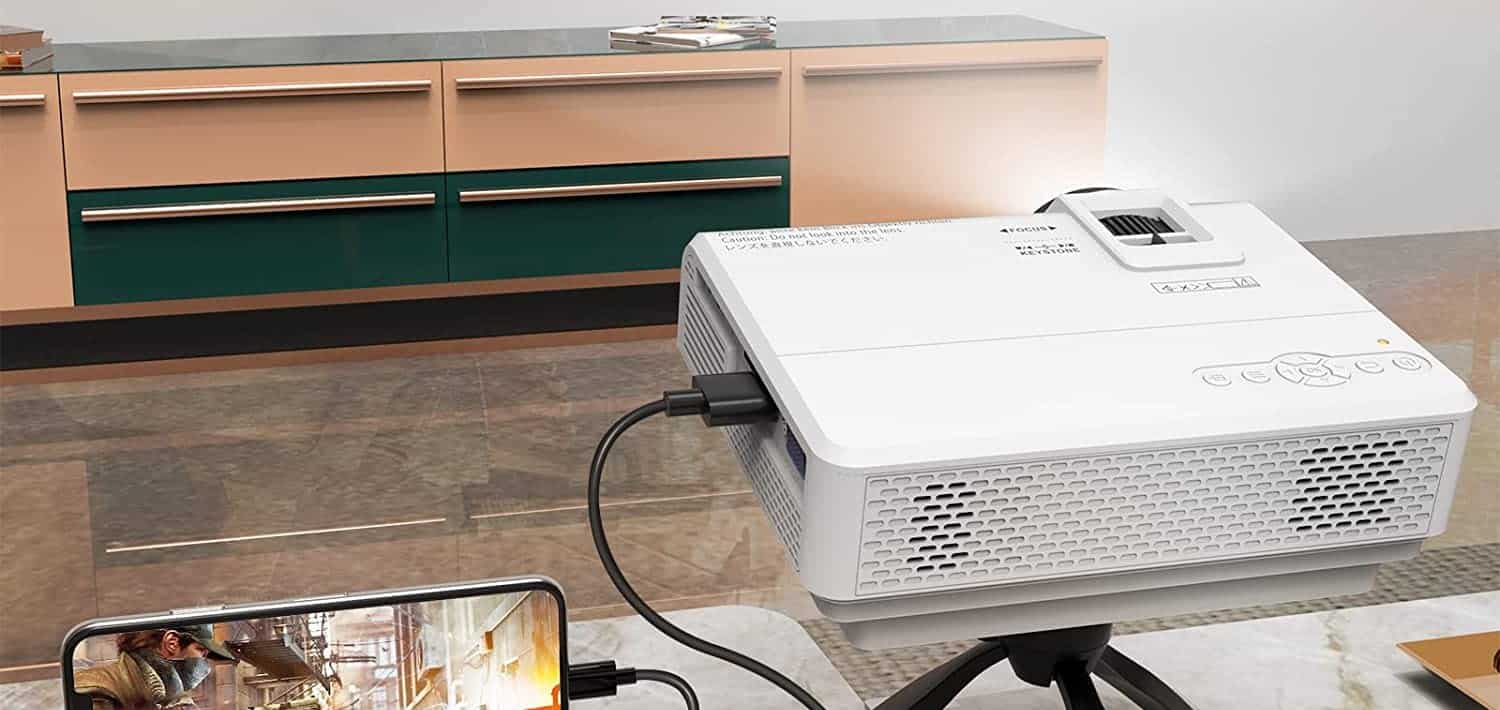














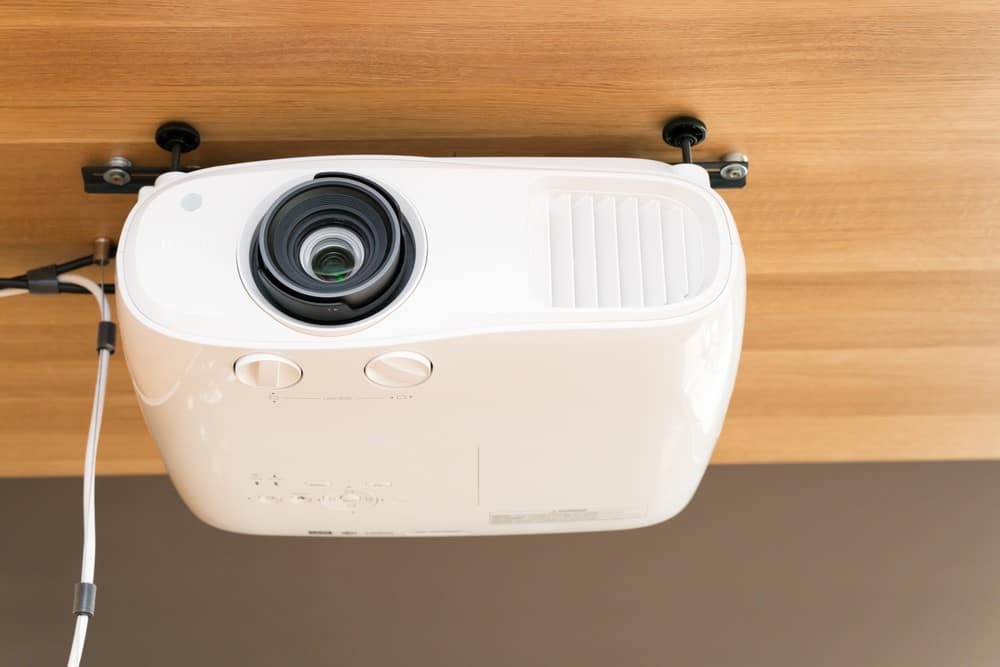
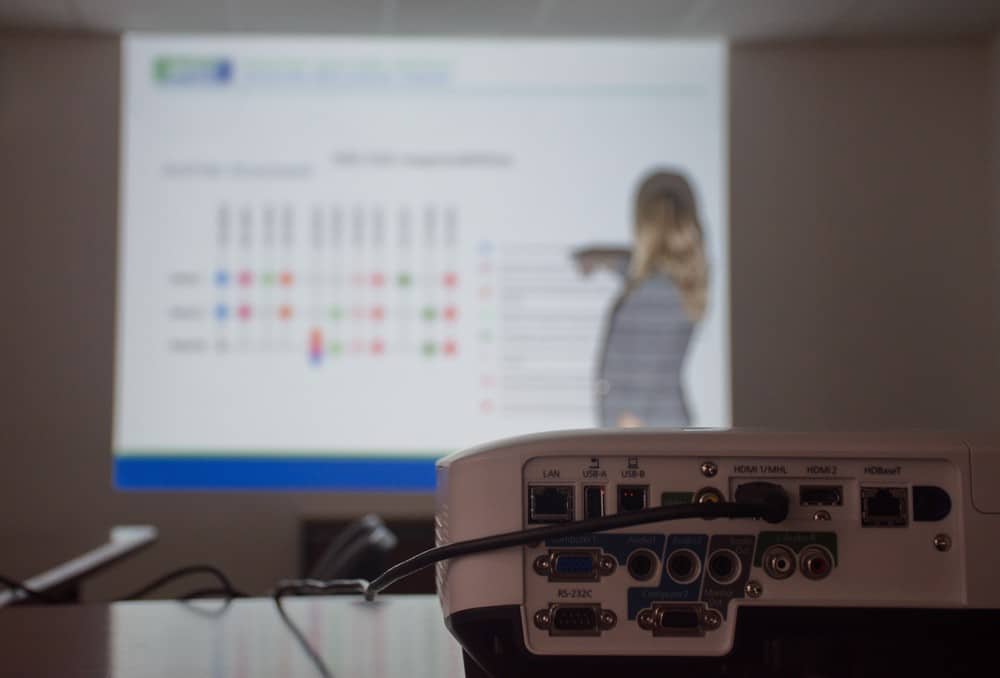



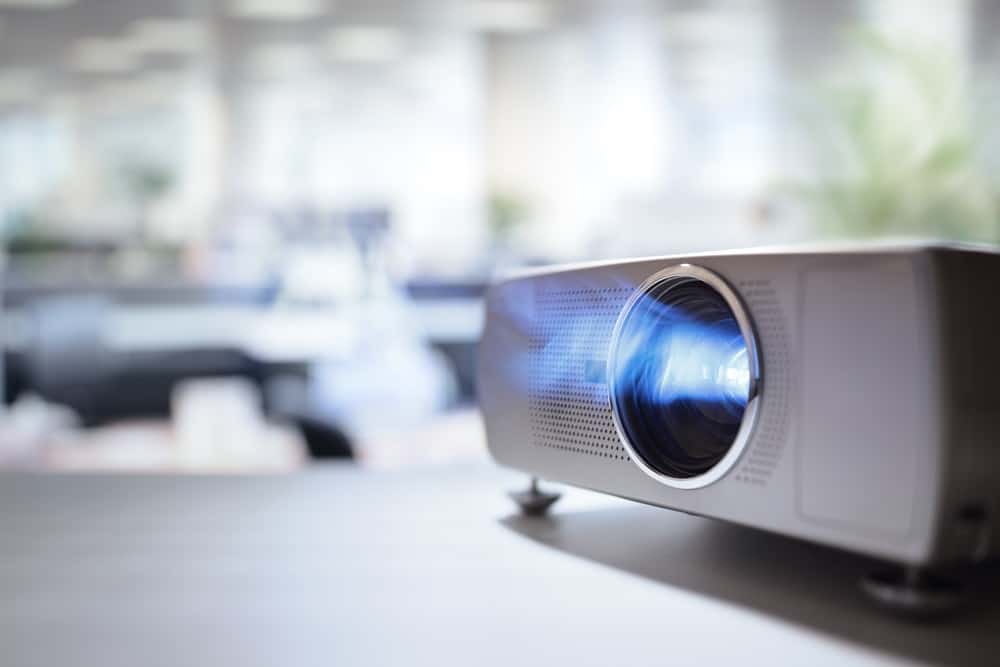
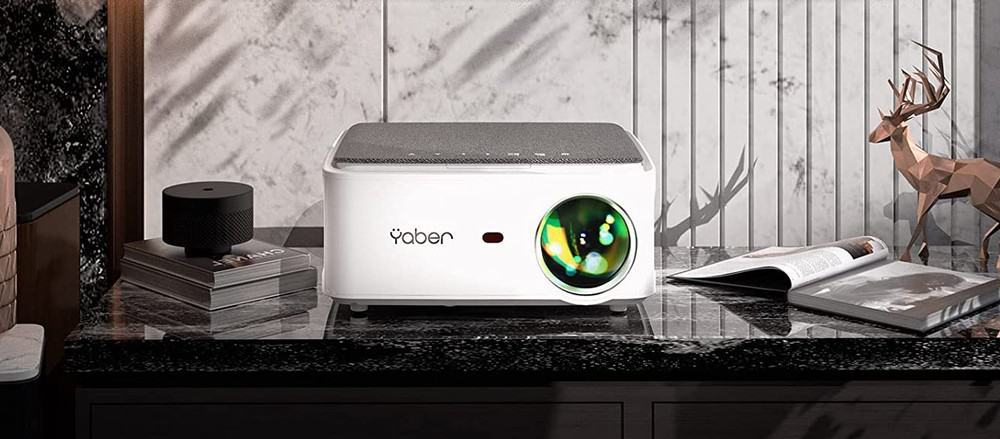

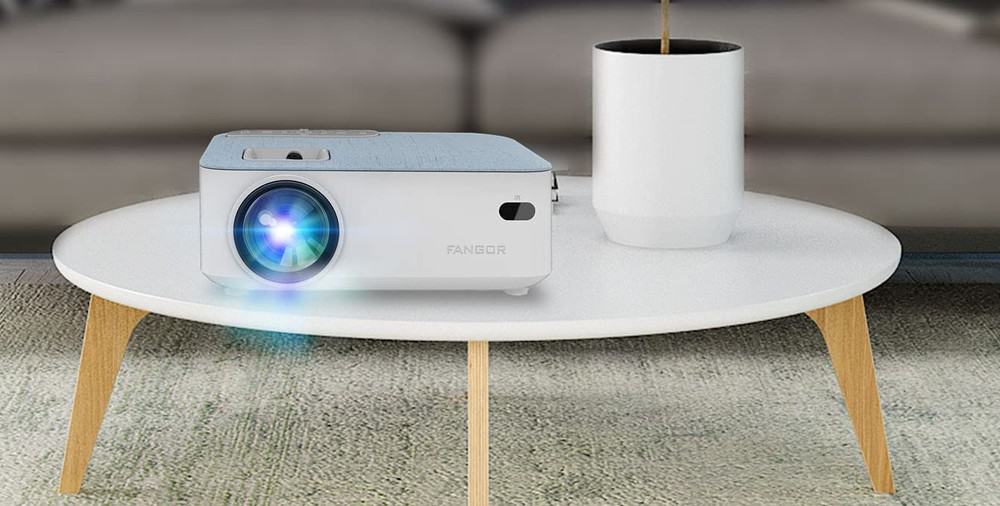

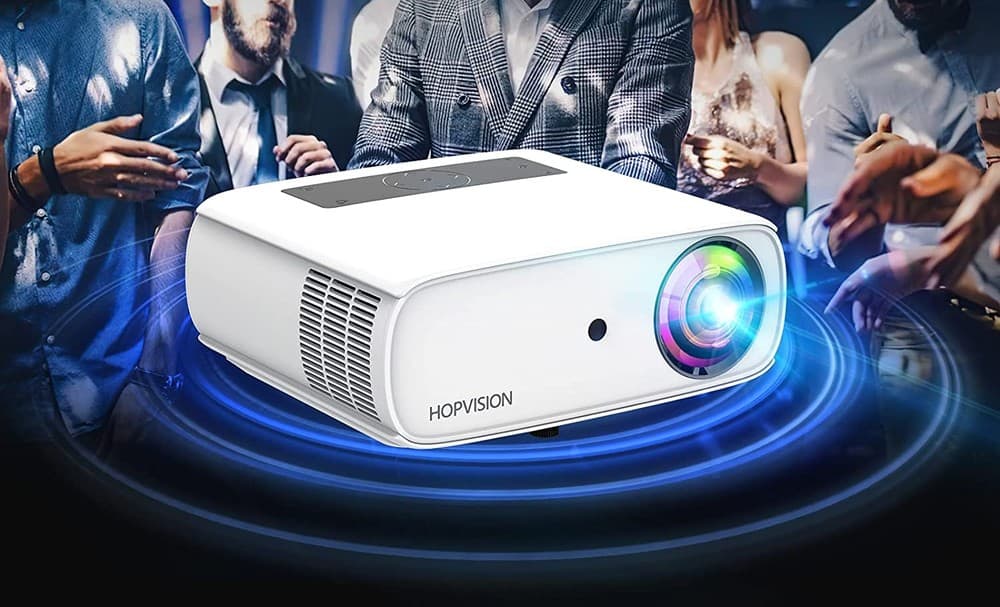

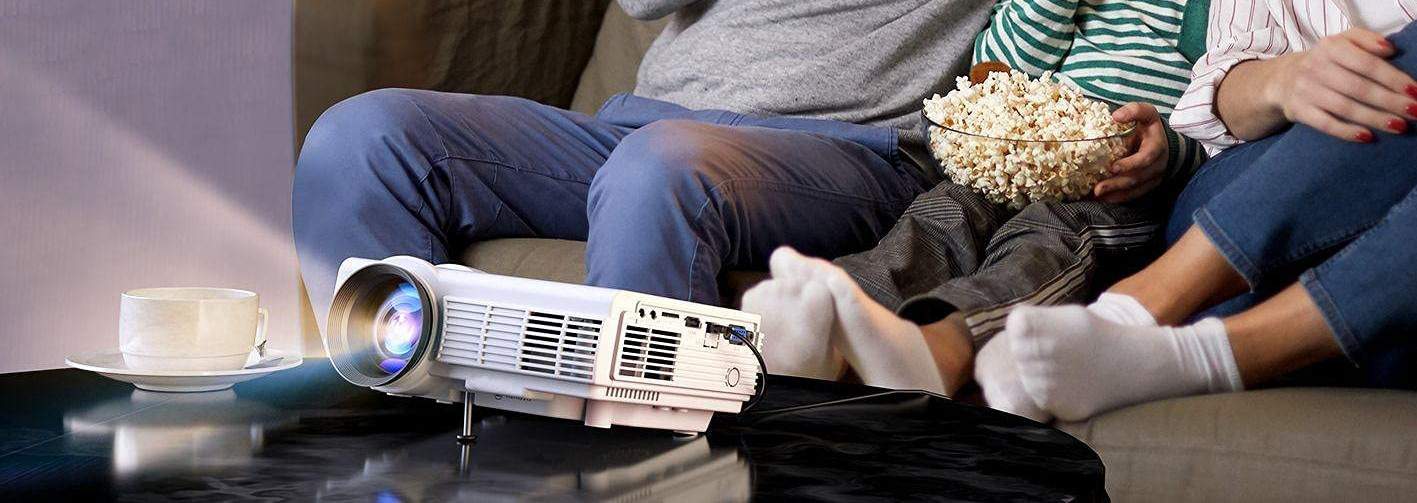


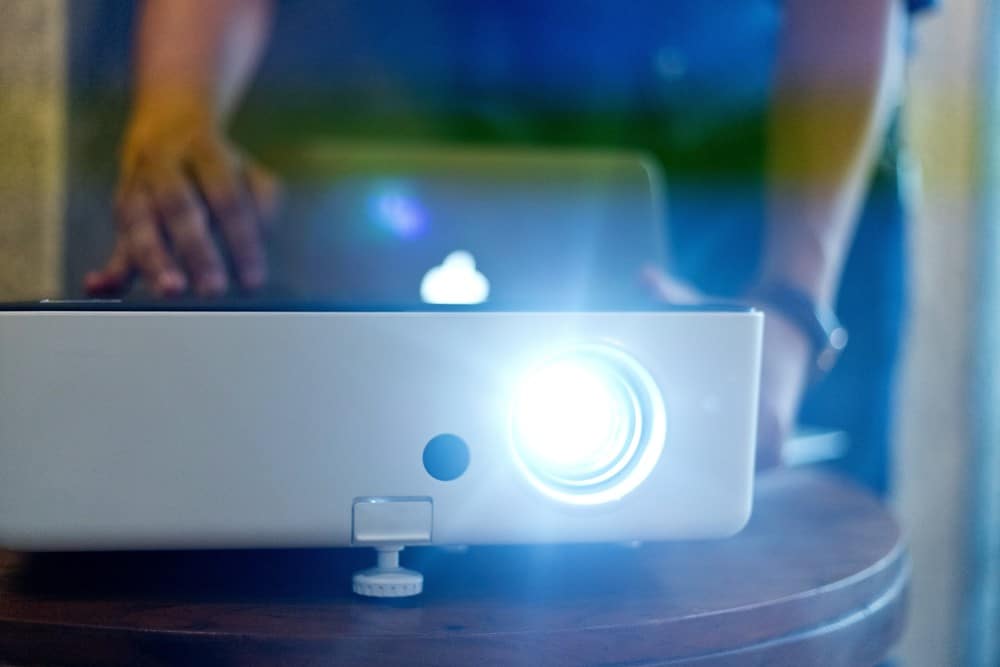

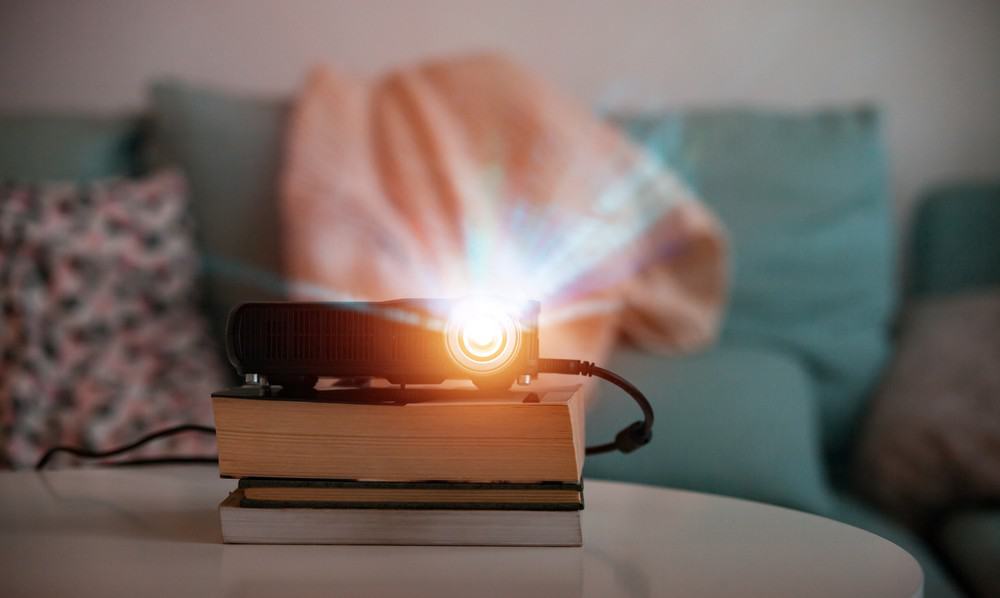
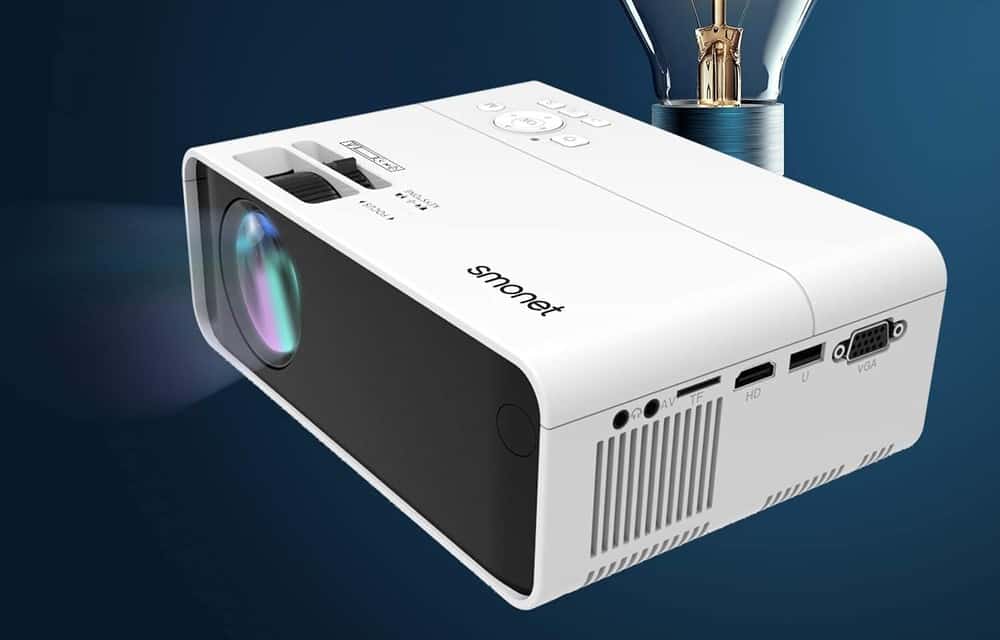
![Best Projectors for Daylight Viewing in [year] 27 Best Projectors for Daylight Viewing in 2025](https://www.gadgetreview.dev/wp-content/uploads/best-projector-for-daylight-viewing-image.jpg)
![Best Samsung Projectors in [year] 28 Best Samsung Projectors in 2025](https://www.gadgetreview.dev/wp-content/uploads/best-samsung-projectors-image.jpg)
![Best NEC Projectors in [year] 29 Best NEC Projectors in 2025](https://www.gadgetreview.dev/wp-content/uploads/best-nec-projectors-image.jpg)
![Best Acer Projectors in [year] 30 Best Acer Projectors in 2025](https://www.gadgetreview.dev/wp-content/uploads/best-acer-projectors-image.jpg)
![Best Quiet Projectors in [year] 31 Best Quiet Projectors in 2025](https://www.gadgetreview.dev/wp-content/uploads/best-quiet-projector-image.jpg)
![Best Projectors for Golf Simulator in [year] 32 Best Projectors for Golf Simulator in 2025](https://www.gadgetreview.dev/wp-content/uploads/best-projector-for-golf-simulator-image.jpg)
![Best Conference Room Projectors in [year] 33 Best Conference Room Projectors in 2025](https://www.gadgetreview.dev/wp-content/uploads/best-conference-room-projector-image.jpg)
![Best InFocus Projectors in [year] 34 Best InFocus Projectors in 2025](https://www.gadgetreview.dev/wp-content/uploads/best-infocus-projectors-image.jpg)
![Best Mini Projector in [year] ([month] Reviews) 35 Best Mini Projector in 2025 (December Reviews)](https://www.gadgetreview.dev/wp-content/uploads/best-mini-projector-image.jpg)
![Best Panasonic Projectors in [year] 36 Best Panasonic Projectors in 2025](https://www.gadgetreview.dev/wp-content/uploads/best-panasonic-projectors-image.jpg)
![Best Sony Projectors in [year] 37 Best Sony Projectors in 2025](https://www.gadgetreview.dev/wp-content/uploads/best-sony-projectors-image.jpg)
![Best Projector Stands in [year] 38 Best Projector Stands in 2025](https://www.gadgetreview.dev/wp-content/uploads/best-projector-stand-image.jpg)
![Best Ultra Short Throw Projectors in [year] 39 Best Ultra Short Throw Projectors in 2025](https://www.gadgetreview.dev/wp-content/uploads/best-ultra-short-throw-projector-image.jpg)
![Best Projectors for a Living Room in [year] 40 Best Projectors for a Living Room in 2025](https://www.gadgetreview.dev/wp-content/uploads/best-projector-for-living-room-image.jpg)
![Best RCA Projectors in [year] 41 Best RCA Projectors in 2025](https://www.gadgetreview.dev/wp-content/uploads/best-rca-projectors-image.jpg)
![Best Optoma Projectors in [year] 42 Best Optoma Projectors in 2025](https://www.gadgetreview.dev/wp-content/uploads/best-optoma-projectors-image.jpg)
![Best BenQ Projectors in [year] 43 Best BenQ Projectors in 2025](https://www.gadgetreview.dev/wp-content/uploads/best-benq-projectors-image.jpg)
![Best Projectors for Church in [year] 44 Best Projectors for Church in 2025](https://www.gadgetreview.dev/wp-content/uploads/best-projector-for-church-image.jpg)
![Best Projectors for Classroom in [year] 45 Best Projectors for Classroom in 2025](https://www.gadgetreview.dev/wp-content/uploads/best-projector-for-classroom-image.jpg)
![Best Epson Projectors in [year] 46 Best Epson Projectors in 2025](https://www.gadgetreview.dev/wp-content/uploads/best-epson-projector-image.jpg)
